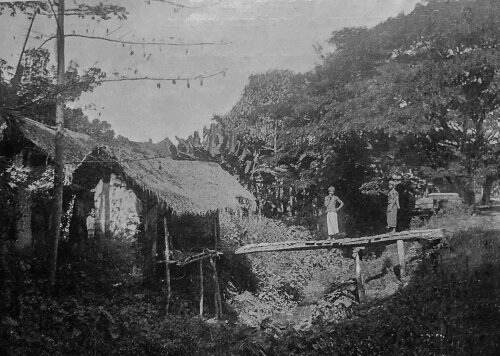Postdoc: LOOCKX Kristof (UA) | Supervisor: VAN DAMME Ilja (UA)
The central aim of this research is to investigate relevant actors and their motives to make use of lantern projectors within the broader context of social, cultural and urban change between roughly 1870 and 1920. A first project focuses on speakers who gave public lectures in Antwerp and Brussels, both individually and as a group. By exploring newspapers, civil status records and writings by contemporaries, this project will provide more insights into the profiles, social and geographical backgrounds, and professional networks of lecturers. A second project shifts the focus to seamen’s institutions in the Atlantic region. Strong in religious motivation and social philanthropy, these organizations considered the lantern projector an important tool in response to social issues that were associated with the seafarer’s urban world, such as alcoholism, prostitution, and exploitation. Based on evidence in seamen’s journals, newspapers, and reports, this project will examine the actual operation of seamen’s institutions during a period of transformation. In sum, both projects will provide a better understanding of broader social and cultural trends that marked the turn of the twentieth century.
The picture below embodies a very popular topic during public lectures in the period under review, in particular, exploratory and scientific expeditions. It was photographed by the Jesuit and prominent botanist François Dierckx (1863-1937) during his voyages to Java (Indonesia) and Ceylon (present-day Sri-Lanka) in 1900. Subsequently, Dierckx published a book on his experiences and gave several lectures in which the lantern projector and his photographs played a prominent role. Moreover, the fact that Dierckx belonged to the upper class of society was no coincidence since the vast majority of lecturers were academics, clergymen, senior officials and politicians.
